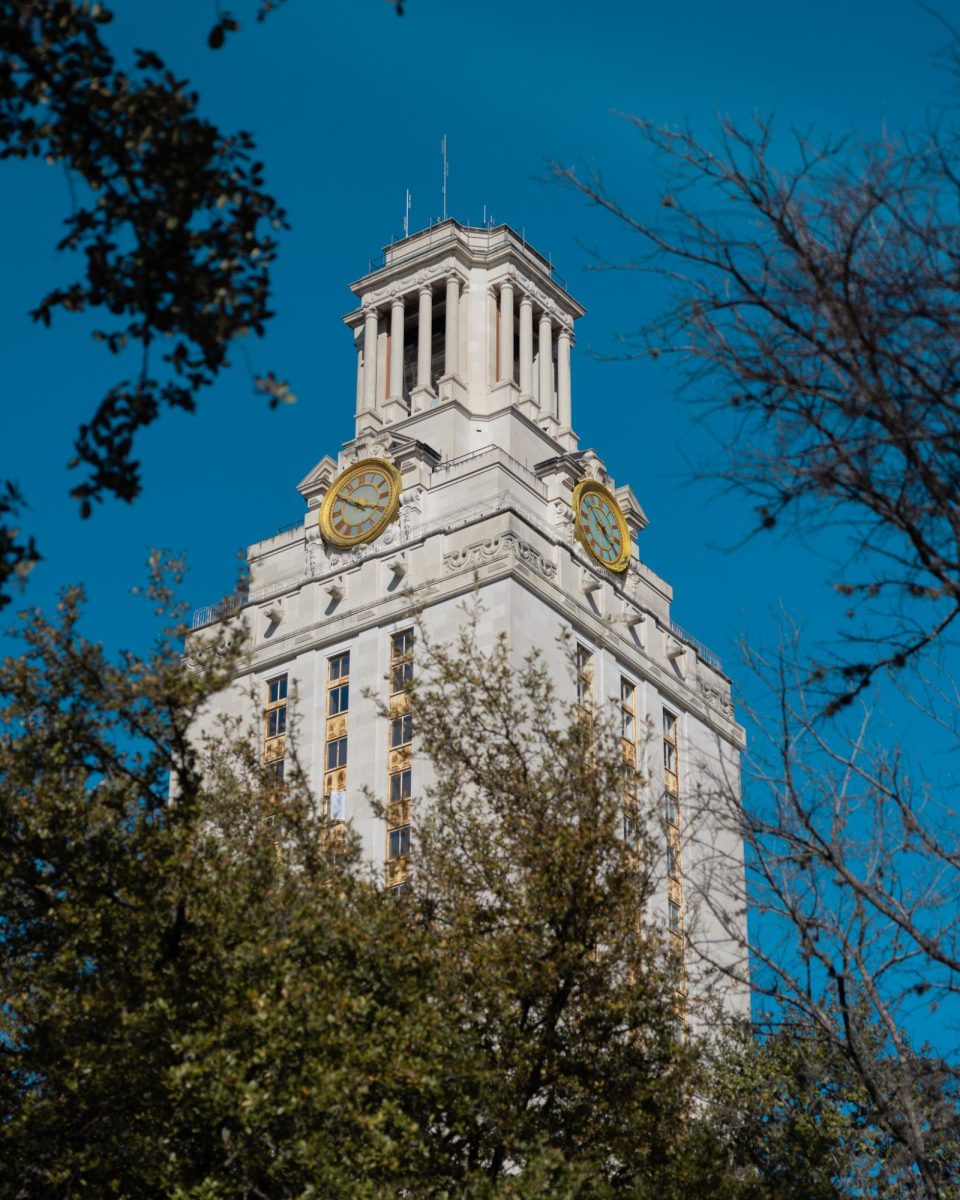Google Fiber, a high-speed Internet provider, isn’t coming to campus, but both the University and the City of Austin are in discussions with Google to possibly make Austin’s Internet network connect faster to Google services.
“We asked Google to attach a very fast connection to [the Greater Austin Area Telecommunications Network, or GAATN,] which then will light up 450 places with higher speeds for Google [services],” said Brad Englert, the University’s chief information officer. “It’s actually better for all of us.”
GAATN currently connects 450 Austin locations, including the University, Austin Community College and the city. Google Fiber plans to provide high-speed Internet to 100 nonprofit and public sites in Austin outside GAATN beginning in 2014. If Google partners with the city, Google would increase the speed of GAATN’s connection to Google services.
If UT were to install Google Fiber, the University would have to modify its network infrastructure to support both a central University network and a Google Fiber network, Information Technology Services director Lyal Wedemeyer said.
“This produced complexity that invades every site Google Fiber serves,” Wedemeyer said.
The University’s current Internet network is part of GAATN. This network, founded in 1993, is made up of strands of fiber optic cables that connect large entities in Austin.
The University pays $90,000 annually for network membership, and the network’s total annual cost for repairs, modifications and expansions is $2 million, Wedemeyer said.
The partnership between GAATN and Google would be possible because the city owns the electric utility supplier, which is fairly uncommon for a city, Englert said.
Because Google Fiber targets the residential community, the University won’t be a customer, said William Green, UT networking and telecommunications director.
Google Fiber is marketed as a single gigabit port, but the University already has more than 70,000 single gigabit ports, Green said.
“One more wouldn’t make a difference,” Green said.
Wedemeyer said there is a list published by the city of probable locations for Google Fiber, but the network will not install the Internet provider in an area unless that area has a sufficient number of customers and accepts the costs of construction.
Englert said neighborhoods will have to express their interest in receiving Google Fiber, and West Campus and other areas with large student populations are likely to be
candidates.
The connection that Google would possibly form between GAATN and Google services is called peering, Englert said.
“If you’re a student on Google Fiber trying to access the University, it’ll be a much better experience due to the peering,” Englert said.
More than 100,000 students, faculty, staff and alumni use UTmail, which is provided by Google, Englert said. The possible partnership with Google would make access to Google services faster because it would create a more direct route.
“If I want to get to UTmail, it knows I’m local, so they’ll get me directly to Google,” Englert said. “It won’t send me off into the big Internet to some other city before it comes back.”












